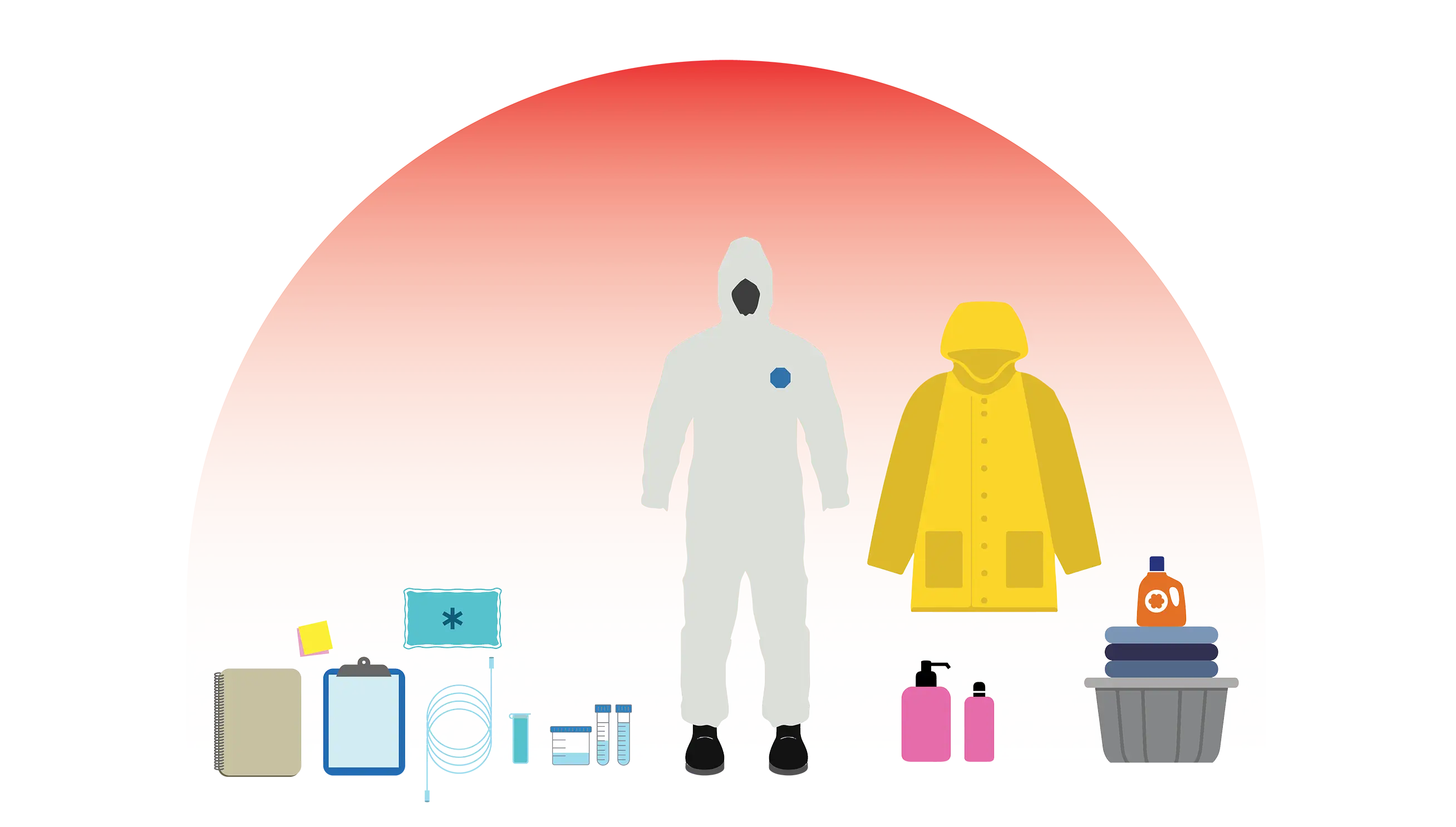PFAS (per- and polyfluoroalkyl substances) sampling isn’t just about taking a water sample—it’s about controlling every tiny variable that could affect the outcome. Every step in the process, from what the sampler ate for breakfast to the clothing they wear on-site or whether they showered, must be carefully managed to avoid introducing contaminants. Why? Everyday personal care products—such as shampoos, conditioners, and soaps—can contain PFAS compounds. Even the clothing your sampler wears, along with the choice of sampling tubing and sample container, can all impact the accuracy of your lab results. In an environment where detection levels are as low as 4 parts per trillion (ppt)—equivalent to a single drop of water in 5 Olympic-sized swimming pools—such contamination could render a sample unreliable. Without a firm grasp of the complexities involved, a seemingly small oversight can lead to contaminated results. In turn, such results can potentially cause regulatory setbacks and additional cleanup efforts.

Before sampling you must know the problem you are sampling for and what data you need. This will influence which of the three main laboratory methods are most appropriate to use:
Next, samplers need to adhere to some strict protocols to ensure they don’t unintentionally contaminate the sample location. The table below gives a breakdown of just some of the prohibited everyday items and procedures that PFAS samplers need to avoid before, during, and after the collection and packing of samples:
| New clothing or water resistant, waterproof, or stain-treated clothing, clothing containing Gore-TexTM |
| Clothing laundered using fabric softener |
| Gore-TexTM boots |
| Tyvek® |
| Limited cosmetics, moisturizers, hand cream, or other related products as part of personal cleaning / showering routine on the morning of sampling |
LDPE or glass containers |
Waterproof or resistant rain gear |
Decon 90 (cleaning agent used primarily in industrial and laboratory settings) |
Water from an on-site well (may be a source of contamination) |
All food and drink, with some exceptions. Avoid pre-wrapped foods or snacks. |
There’s obviously much more involved in getting a reliable PFAS sample, but by strictly adhering to these guidelines and protocols, samplers can significantly reduce the risk of cross-contamination and ensure the reliability of the data collected.
By partnering with Bay West, you ensure that your project is handled by experts who have successfully navigated the intricate requirements of PFAS sampling thousands of times. This isn’t just about compliance—it’s about confidence that your PFAS issues are being managed with the highest level of care and precision available in the industry. Our team’s expertise extends beyond sampling; we deliver comprehensive services, including site assessment, risk evaluation, and remediation strategies.
Bay West provides all aspects of PFAS management, from initial detection to complete remediation and even destruction of concentrated PFAS waste. Our dedicated team of experts ensures that each project is handled with care and precision, delivering reliable results and effective solutions. Whether you need assistance with compliance, risk assessment, or full-scale remediation, we are your partner in managing PFAS issues, offering full-spectrum PFAS services tailored to meet your specific needs.